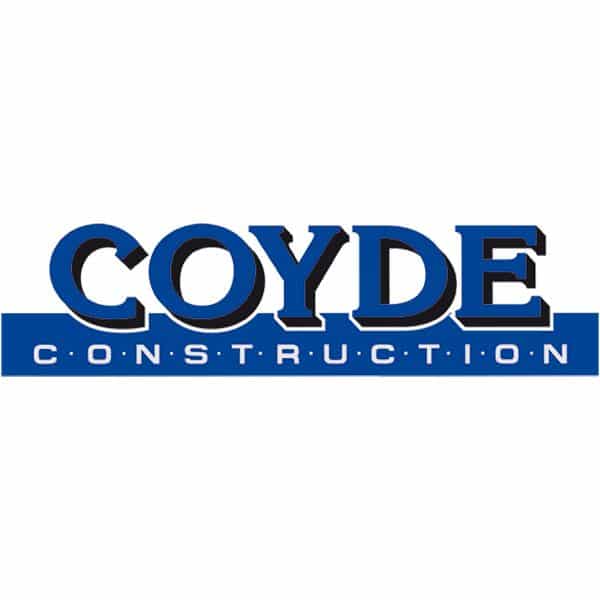Formative v maintenance trimming
Your hedge will require a lot more attention in the first two years following planting than in later years. Hedge trimming when plants are young is known as formative trimming as you are forming the basic shape of the hedge, training it to grow where you want it and deciding on how dense it is.
In terms of timing, most formative trimming tends to happen in the winter or early spring with some light trimming of unruly shoots in the summer.
Once the hedge is established, formative trimming gives way to maintenance trimming which is what most of us understand by trimming. This normally happens in the spring or summer with the caveat about birds’ nests covered below.
What type of hedge do you have?
We would always advise you to look up your specific hedge type for detailed timings and pruning and trimming techniques. For example, some hedges (e.g. fuschia), can flower on the current season’s growth so can be trimmed early on, in the spring.
Pittosporum is best trimmed between April and July so that the new growth is established before the cold weather arrives. Leylandii hedges need only be trimmed once a year but it is important to only take off the new growth as Leylandii, like most conifers, cannot regrow from old wood.
Berry-producing hedges such as blackthorn should be trimmed once the berries have disappeared and the plant is dormant.
The more you trim your hedge, the more control you will have over its shape. Therefore, there is no real upper limit to how frequently you trim. However, if you are shaping a formal hedge, you will need to trim it at least twice a year. Trimming once every four weeks during growing season is even better.
For an informal hedge, an annual maintenance trim may be enough.
When to trim if birds are nesting in your hedge
It is an offence to disturb an active birds’ nest so if you spot the signs of nesting birds, you should delay your trimming until after nesting season. This normally runs from May to August but you should make certain that any nests have been fledged before you start.
Tips on trimming your hedge
Whenever you decide to trim your hedges, you can make your life easier by following some simple, tried and trusted techniques.
First and foremost, you should always prioritise safety. Whether you are using hand shears and loppers or a powered hedge trimmer, make sure your tools are well-lubricated and sharp. Wear sturdy gloves and eye protection and make sure any ladders or platforms are stable. Keep children and pets away from any sharp tools and remove any obstacles from your working area.
For even trimming, many people use a piece of taut string as a guide. Drive a couple of stakes into the ground at either edge of the hedge and suspend the string between them. Check regularly to ensure the string remains taut.
Templates made from plywood or cardboard can help you to maintain more specialised shapes.
Contact Us Today
If you are at all unsure about when and how frequently to trim your hedge, consider handing over the job to the professionals. Kneebone Trees offer a contracted service based on your unique needs. This is the most cost-effective way to keep on top of your hedge trimming and will be one less thing to think about.























